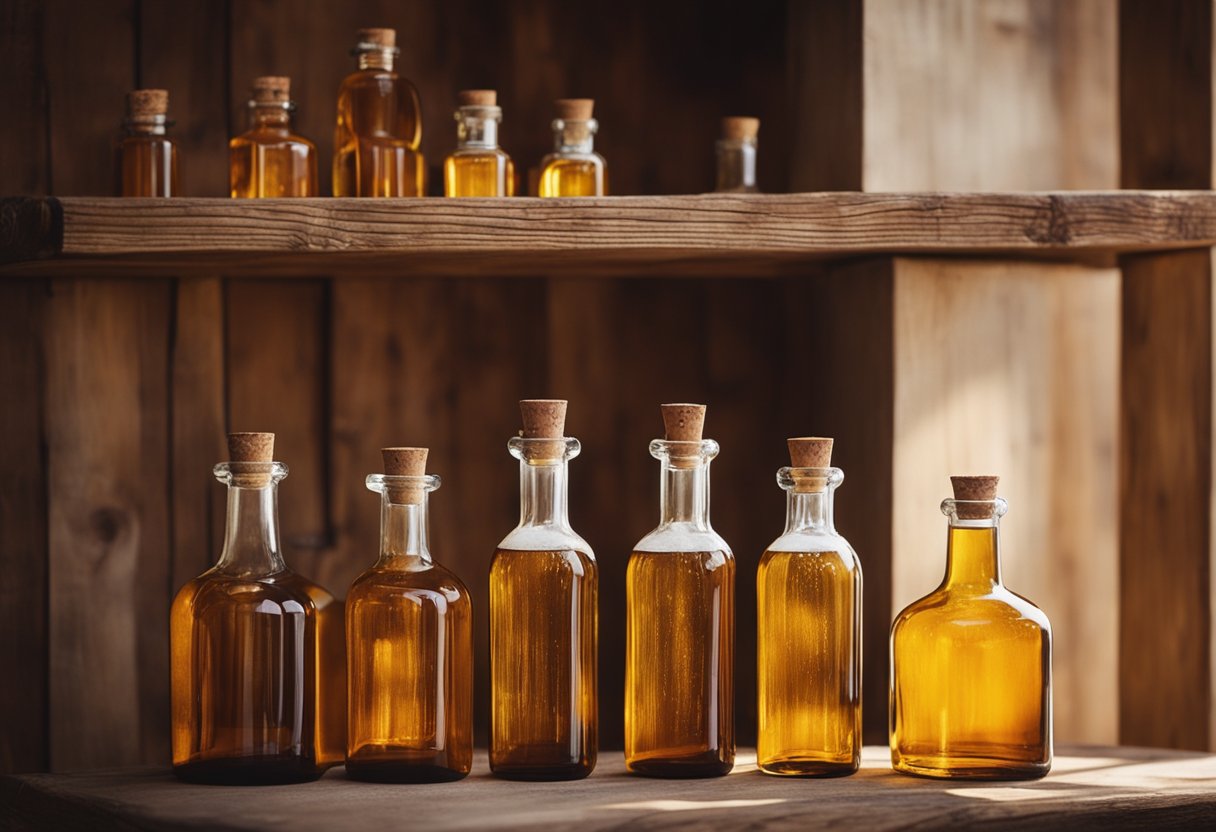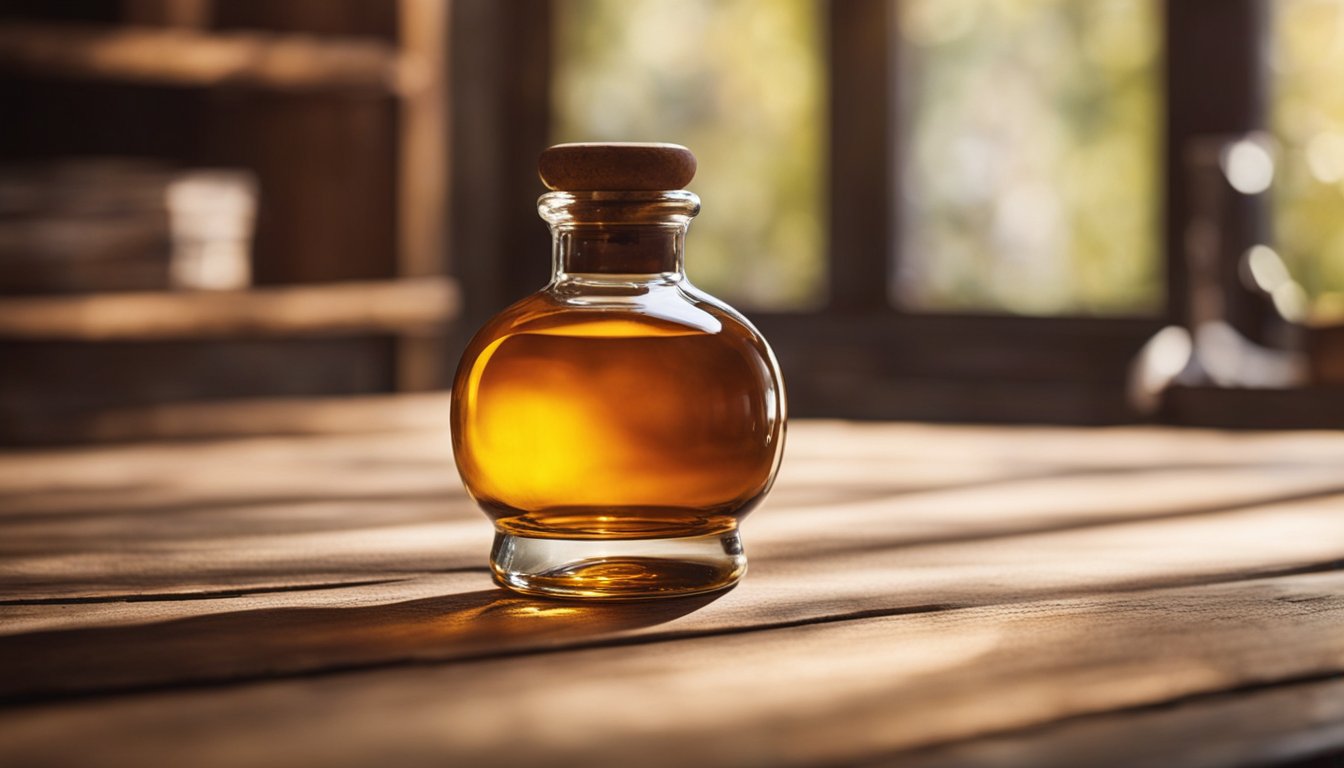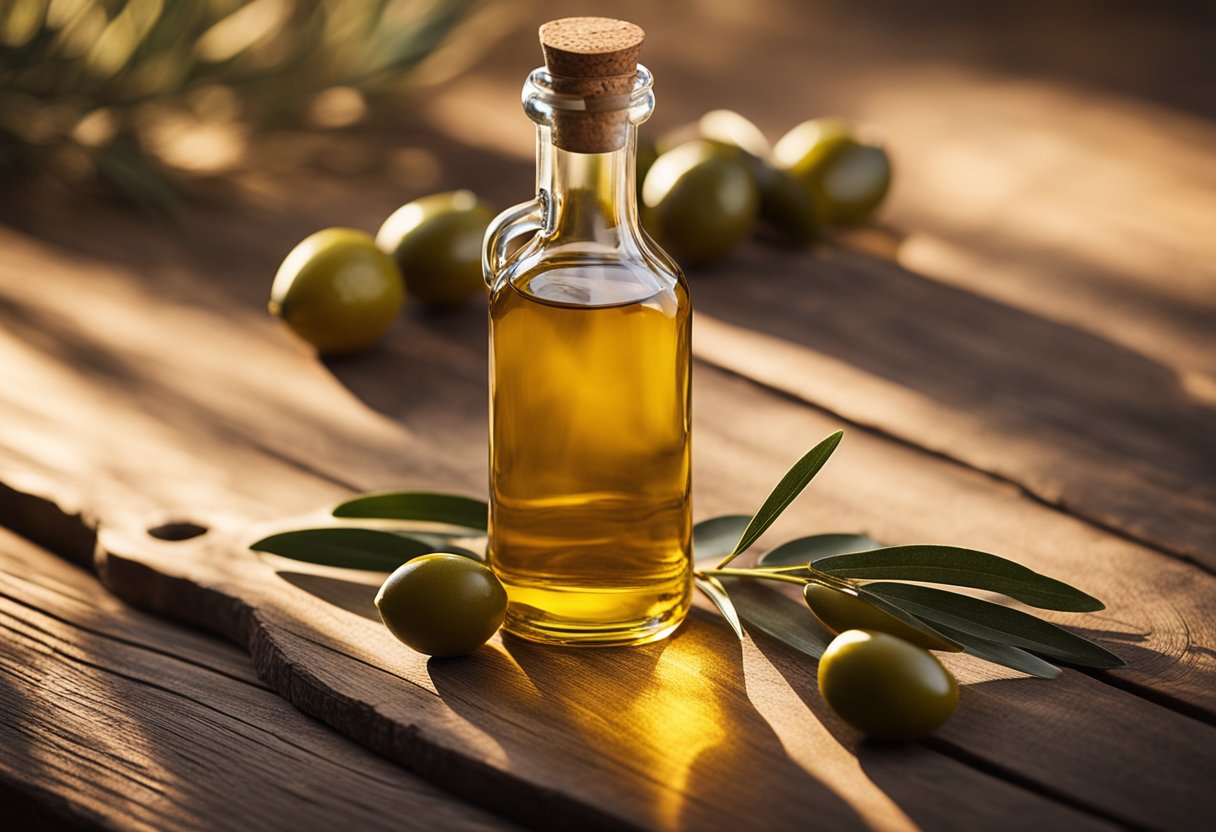If you’re someone who loves making homemade jams, jellies, or preserves, then you know how important it is to store them properly. That’s where jam jars come in – they’re the perfect vessel for keeping your delicious creations fresh and tasty. But with so many different types of jam jars out there, it can be hard to know which one to choose.

One popular option is the honey glass jar. These jars are typically made from high-quality glass and come with an airtight lid that helps to keep your jams fresh for longer. They’re also perfect for storing honey, as the glass helps to preserve its natural flavor and aroma. Whether you’re a professional jam maker or just someone who loves to experiment in the kitchen, honey glass jars are a great choice for storing your homemade creations.
Another thing to consider when choosing a jam jar is the size. Depending on how much jam you’re planning to make, you might want to opt for a larger or smaller jar. Some jam jars come in sets, which can be a great option if you’re looking to make a variety of different flavors. And if you’re feeling creative, you can even decorate your jam jars with labels, ribbons, or other embellishments to give them a personalized touch.
History of Jam Jars

When it comes to preserving your favorite jams, jellies, and preserves, the humble jam jar is an essential tool. The history of jam jars dates back to the 19th century when John Landis Mason patented the first glass jar with a revolutionary screw-on lid seal, known as the Mason jar [1]. Since then, the Mason jar has become a popular household item, not just for preserving jams but also for storing various food items.
Before the invention of the Mason jar, people used to preserve their jams and jellies in ceramic or glass pots with wax seals. However, these containers were not airtight, which led to spoilage and contamination of the food. The Mason jar’s airtight seal was a game-changer, as it prevented air and moisture from entering the jar, keeping the food fresh for a longer time.
Over time, the Mason jar has evolved in design and functionality. Today, you can find Mason jars in various sizes, shapes, and colors, making them not just functional but also a stylish addition to your kitchen. You can also find Mason jars with handles, making them easy to carry, and with straws, making them perfect for sipping your favorite beverage.
Another popular type of jar used for preserving jams is the honey glass jar. These jars are typically made of clear glass and have a wide mouth, making them easy to fill and clean. The lids of honey glass jars are usually made of metal, and some have a plastic coating to prevent rusting. Honey glass jars are not as popular as Mason jars, but they are still widely used by home cooks and small-scale producers.
The history of jam jars is a testament to the ingenuity of human beings in finding ways to preserve food. From the humble ceramic pot to the modern-day Mason jar and honey glass jar, preserving jams has come a long way. These jars not only keep your jams fresh but also add a touch of style to your kitchen.
Types of Jam Jars

When it comes to choosing the perfect jam jar, there are a variety of options available. From classic Mason jars to unique hexagonal jars, each type of jam jar has its own unique features and benefits. In this section, we’ll take a closer look at three popular types of jam jars: Mason jars, hexagonal jars, and quilted jars.
Mason Jars
Mason jars are perhaps the most well-known type of jam jar. These jars are typically made of glass and feature a two-piece lid that creates an airtight seal. Mason jars come in a variety of sizes, from half-pint to quart, making them a versatile choice for canning jams, jellies, and other preserves.
One of the benefits of using Mason jars for canning is that they are reusable. After you’ve enjoyed your homemade jam, you can simply wash the jar and use it again for your next batch. Mason jars are also a popular choice for storing other pantry staples, such as dried beans, grains, and spices.
Hexagonal Jars
If you’re looking for a unique jam jar, consider a hexagonal jar. These jars feature a six-sided design that adds a touch of elegance to your homemade preserves. Hexagonal jars are typically made of glass and come in a variety of sizes, from 4 ounces to 16 ounces.
One of the benefits of using hexagonal jars for canning is that they are stackable. This makes them a great choice if you have limited storage space in your pantry. Hexagonal jars are also a popular choice for packaging honey, as their shape makes them easy to grip and pour.
Quilted Jars
Quilted jars are another popular option for canning jams, jellies, and other preserves. These jars feature a quilted pattern on the outside, which gives them a unique and decorative look. Quilted jars are typically made of glass and come in a variety of sizes, from 4 ounces to 32 ounces.
One of the benefits of using quilted jars for canning is that they are easy to grip. The quilted pattern on the outside of the jar provides a non-slip surface, making it easy to hold onto the jar while you’re pouring out your homemade jam. Quilted jars are also a popular choice for packaging honey, as their decorative look adds a touch of elegance to your pantry.
There are a variety of jam jars available, each with its own unique features and benefits. Whether you choose a classic Mason jar, a unique hexagonal jar, or a decorative quilted jar, you’re sure to find the perfect jar for your homemade preserves.
Materials and Design

Glass Quality
When it comes to jam jars, glass is the most popular material used due to its non-reactive nature with the contents. The glass quality is an important factor to consider when selecting a jam jar. The quality of the glass can affect the durability and clarity of the jar. High-quality glass is less likely to break or chip, and it will also provide a clear view of the contents inside.
The thickness of the glass is another important factor to consider. Thicker glass can provide better insulation to keep the contents fresh for longer periods. Honey glass jars, for example, require a thicker glass to prevent the honey from crystallizing due to temperature changes.
Lid Types
The lid of a jam jar is another important aspect to consider. There are different types of lid materials and designs available in the market. The most common lid types are twist-off and snap-on lids.
Twist-off lids are the most popular type of lid used for jam jars. These lids have a threaded design that allows you to twist the lid on and off the jar. They provide a secure seal and are easy to use.
Snap-on lids, on the other hand, have a snap-on design that allows you to snap the lid on and off the jar. These lids are easy to use but may not provide as secure of a seal as twist-off lids.
When selecting a lid, it is important to consider the material used. Metal lids are the most common type of lid used for jam jars. They provide a secure seal and are durable. Plastic lids are also available, but they may not provide as secure of a seal and may not be as durable as metal lids.
Selecting the right materials and design for your jam jar can make a big difference in the quality and durability of the jar. Consider the glass quality and lid type when selecting a jam jar that will suit your needs.
Jam Jar Labeling and Decoration
When it comes to labeling your jam jars, choosing the right materials is essential to ensure durability and practicality. For instance, if you’re using glass jars for your honey, it’s important to select labels that are waterproof and resistant to moisture. This will help maintain the integrity of the label, preventing it from peeling or smudging due to the sticky nature of honey.
Label Materials
Opt for high-quality label materials such as vinyl or polyester, as these are durable and resistant to moisture. Additionally, consider using self-adhesive labels for easy application and a professional finish.
Printing Techniques
When printing your labels, ensure that you use a high-resolution printer to achieve clear and vibrant designs. It’s also beneficial to utilize full-page sticker paper, as it simplifies the labeling process and ensures a seamless application onto your honey glass jars.
Preservation and Storage
When it comes to preserving and storing jam, proper techniques can make all the difference in extending the shelf life of your delicious homemade creation. In this section, we will discuss the different sealing techniques and shelf life of jam.
Sealing Techniques
One of the most important aspects of preserving jam is ensuring that the jars are properly sealed. There are two main sealing techniques that you can use: water bath canning and inversion canning.
Water bath canning involves submerging the filled jars in boiling water for a specified amount of time, which creates a vacuum seal as the jars cool. This method is recommended for high-acid foods, such as fruit jams and jellies.
Inversion canning, on the other hand, involves filling the jars with hot jam, sealing the lids, and then inverting the jars for a few minutes. This method is not recommended by the USDA as it does not reliably create a vacuum seal and can lead to spoilage and bacteria growth.
Shelf Life
The shelf life of jam can vary depending on a few factors, such as the ingredients used and the storage conditions. Generally, homemade jam can last for up to a year when stored properly in a cool, dry place.
It is important to note that once the jar has been opened, the shelf life decreases significantly. An opened jar of jam can last for up to 3 months in the refrigerator, but it is best to consume it within 1 month for optimal taste and quality.
When it comes to storing your jam, it is recommended to use glass jars with tight-fitting lids, such as honey glass jars. These jars are perfect for preserving jams and jellies as they are airtight and prevent moisture and air from entering the jar, which can lead to spoilage.
By following proper sealing techniques and storing your jam in the right conditions, you can enjoy your homemade jam for months to come.
Creative Uses of Jam Jars
If you have a collection of empty jam jars lying around, don’t throw them away just yet. Here are some creative ways to upcycle them and give them a new lease on life.
DIY Projects
Painted Jam Jars
Transform your jam jars into beautiful decorative pieces by painting them. You can use acrylic paint, chalk paint, or spray paint to create a variety of designs. You can even add glitter or use stencils to create a unique pattern. Once the paint has dried, you can use the jars to hold flowers, candles, or even as a pen holder on your desk.
Jam Jar Lanterns
Create a cozy ambiance in your home by making jam jar lanterns. All you need is some twine, a tea light candle, and a jam jar. Wrap the twine around the neck of the jar and tie a knot. Place the tea light candle inside the jar and light it up. You can also paint the jar or add some decorative elements to make it more festive.
Home Decor
Honey Glass Jar Vase
If you have a honey glass jar, you can turn it into a beautiful vase. Clean the jar thoroughly and remove any labels. Fill the jar with water and add some fresh flowers. You can also add some decorative elements like twine or ribbon to the neck of the jar.
Jam Jar Soap Dispenser
Turn your jam jar into a soap dispenser for your bathroom or kitchen. You will need a soap pump, which you can purchase online or at a craft store. Drill a hole in the lid of the jam jar and insert the soap pump. Fill the jar with liquid soap and you’re good to go.
With these creative ideas, you can turn your empty jam jars into beautiful and functional pieces for your home. Don’t let them go to waste, get creative and give them a new purpose.
Frequently Asked Questions
What size jars are best for preserving homemade jam?
The size of the jar you use for preserving homemade jam depends on the quantity of jam you make. If you make small batches of jam, then 8-ounce jars are suitable. If you make large batches, then 16-ounce jars or larger may be more appropriate. Keep in mind that smaller jars are easier to handle and store.
How do you properly sterilize jam jars before use?
Sterilizing your jam jars is essential to ensure that your jam stays fresh and safe to consume. To sterilize your jars, wash them in hot soapy water and rinse them thoroughly. Then, place the jars and lids in a large pot of boiling water for at least 10 minutes. Remove the jars and lids from the water using tongs and let them dry completely before filling them with jam.
Can you explain the difference between a Mason jar and a jam jar?
A Mason jar is a type of jar that was originally used for canning and preserving food. It has a two-piece lid that consists of a flat metal disc and a threaded ring that holds the lid in place during processing. A jam jar, on the other hand, is a type of jar that is specifically designed for storing jam. It typically has a one-piece lid that screws on and off.
Is it safe to reuse old jam jars, and if so, how?
It is safe to reuse old jam jars as long as they are in good condition. To reuse a jam jar, wash it in hot soapy water and rinse it thoroughly. Then, sterilize the jar and lid by boiling them in water for at least 10 minutes. Let the jar and lid dry completely before filling it with jam.
Do jam jars need to be boiled before filling them with jam?
No, jam jars do not need to be boiled before filling them with jam. However, it is important to sterilize the jars and lids before use to ensure that your jam stays fresh and safe to consume.
Where can I find vintage style jam jars for my canning needs?
You can find vintage style jam jars at antique stores, flea markets, and online retailers. Look for jars with unique shapes, colors, and designs to add a touch of nostalgia to your canning projects.













